While the mid-life refresh for the Hyundai IONIQ 5 isn’t very apparent visually, there are more changes underneath the skin. And a new N Line variant

Since 2021, the Hyundai IONIQ 5 has aged well as an electric vehicle. Nevertheless, despite it not looking fairly futuristic even today, the carmaker has given it its first mid-cycle update in markets abroad. At a glance, it may not seem like much of an update, but the Korean carmaker has done some work underneath the skin and have also introduced a new N Line variant for the IONIQ 5.

There is a saying not to fix things which aren’t broken and it seems Hyundai have stuck with that philosophy with the facelifted IONIQ 5. We can still recognise that sharp retro-modern look with subtle tweaks to the front and rear bumpers. Such is the change that the EV is 20 millimetres longer. Also the rear spoiler has also been extended by 50 mm. Rounding off the changes are new alloy wheels.
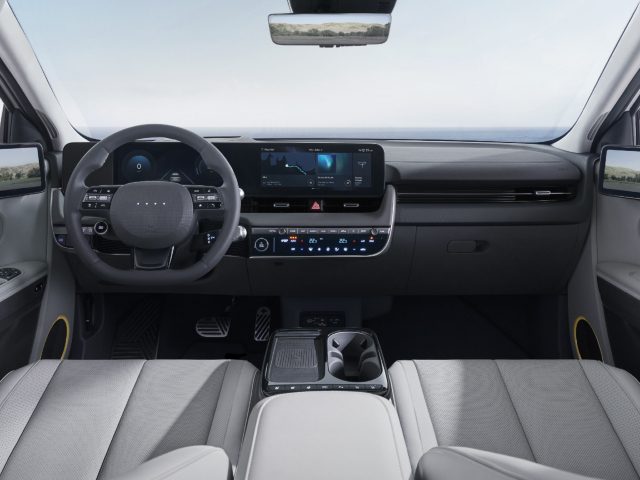
Inside, the changes are of a similar level to the exterior with the most visual one being a new steering wheel with interactive pixel lights. That being said, there are more physical controls and the wireless charging pad is repositioned to sit alongside the cup holders.
It continues to feature dual 12.3-inch digital screens, wireless Apple CarPlay and Android Auto, an eight-speaker Bose sound system as well as powered and ventilated front seats with memory function. In the safety department there is an improved ADAS suite which now features bits such as Hands-On Detection steering wheel, Lane Keeping Assist 2, and Remote Smart Parking Assist.
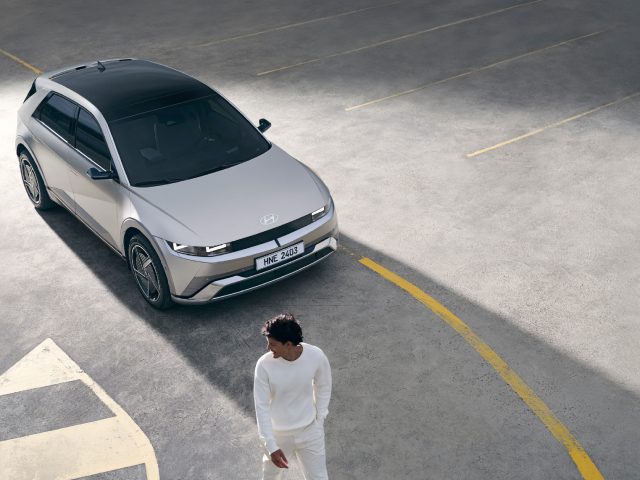
The biggest change lies under the skin. The 77.4-kWh battery pack from before has been replaced with an 84-kWh unit, although we’re yet to know by how much of a range increase this has translated to. For reference, the India-spec model utilises a 160-kW (217-hp) rear-wheel drive powertrain with a 72.6-kWh battery pack helping offer an ARAI-claimed range of 631 km on a single charge.
A bigger battery isn’t the only upgrade as there are updated shock absorbers, better cowl crossbar rigidity, a stiffer vehicle body and more optimised noise from the e-motor.
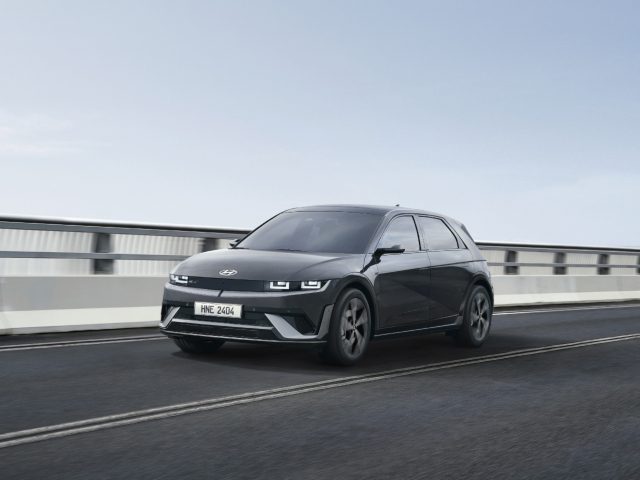
As for the N Line trim, it is a middle ground between the standard and the hardcore N model. So it’s not surprising that the body isn’t as aggressive as the latter but still adds a sporty character. Inside, the N Line variant gets red stitching all over, metal pedals, an N-themed steering wheel, and sports seats with the N emblem.
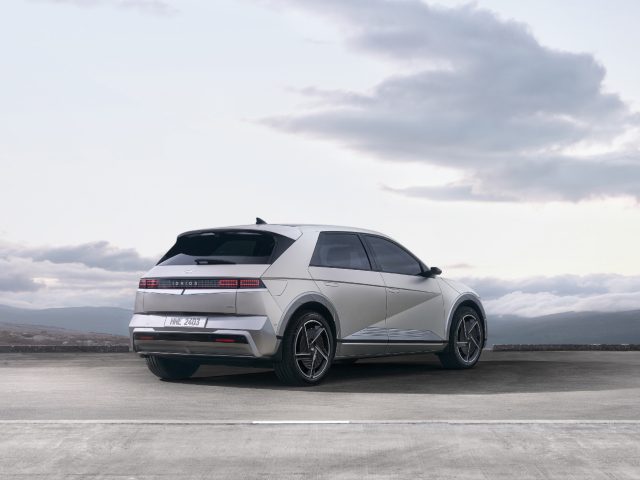
Considering Hyundai will roll out the facelifted IONIQ 5 and the IONIQ N Line to the Korean market this month followed by other markets abroad, India will likely get this update towards the end of 2024. It will continue to rival the Volvo XC40 Recharge, BMW iX1, and the Kia EV6 in the country.


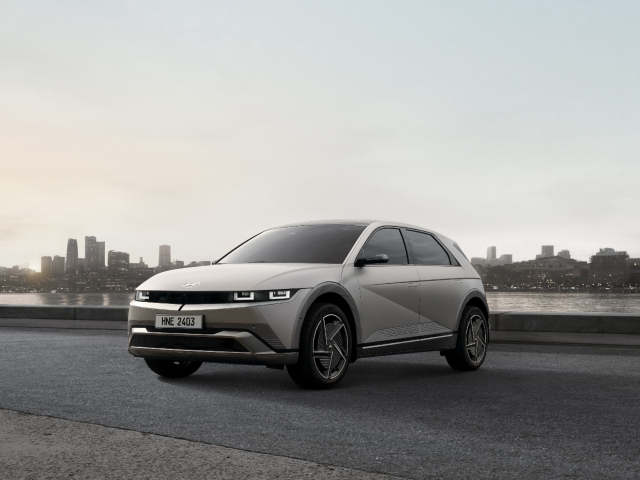

















Leave a Reply